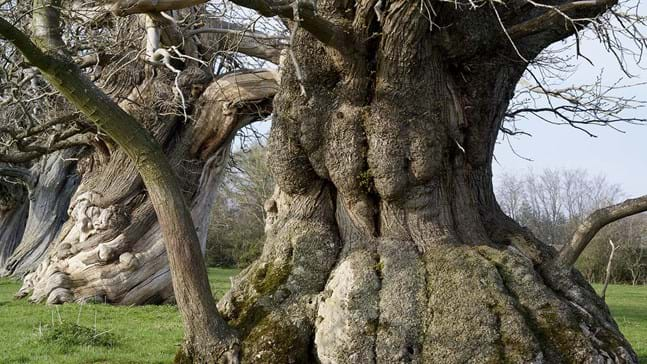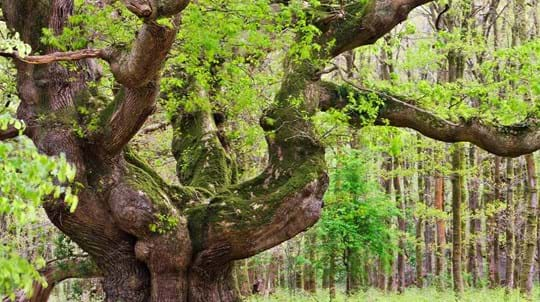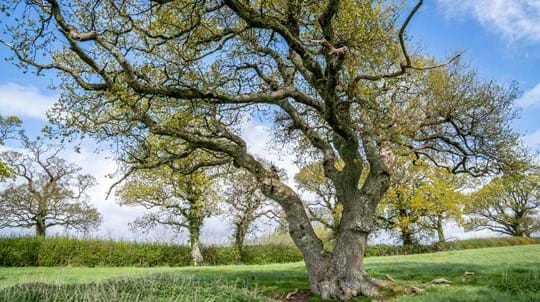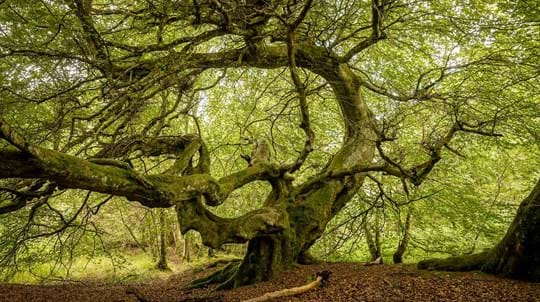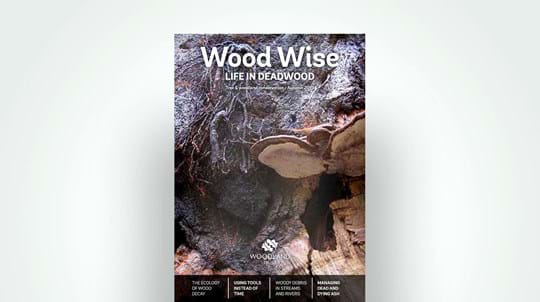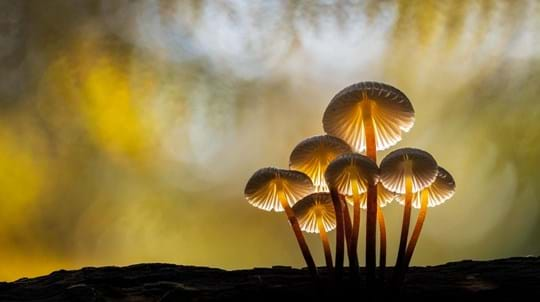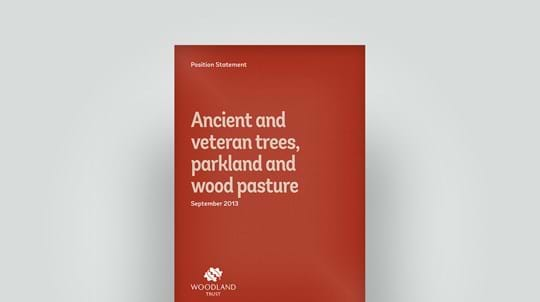
Credit: Ed Parker / WTML
A small canopy
The canopy of the tree will have reduced in size over time through a process known as retrenchment, or growing downwards. This is a natural process in which the crown of the tree and the root system are rebalanced with each other.






